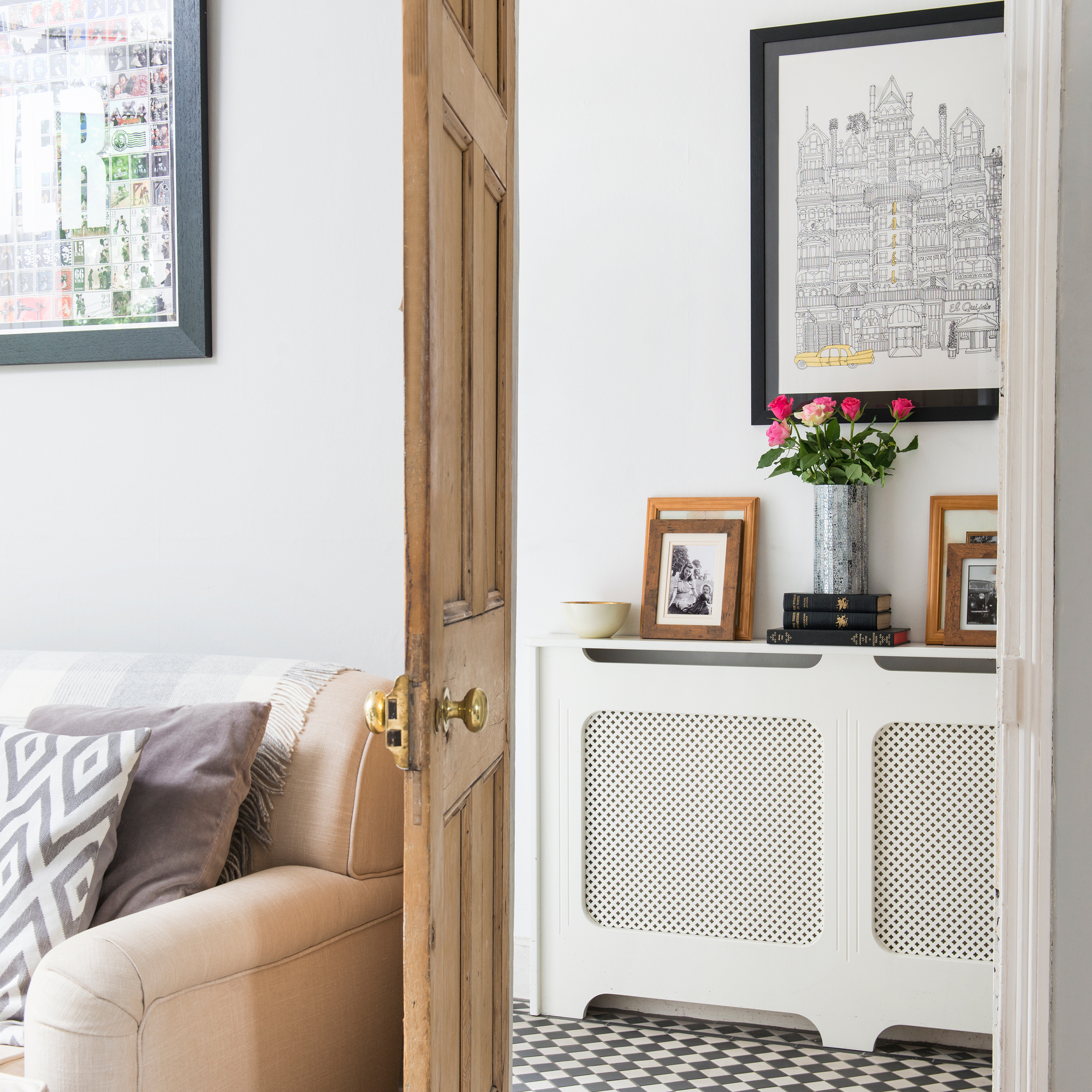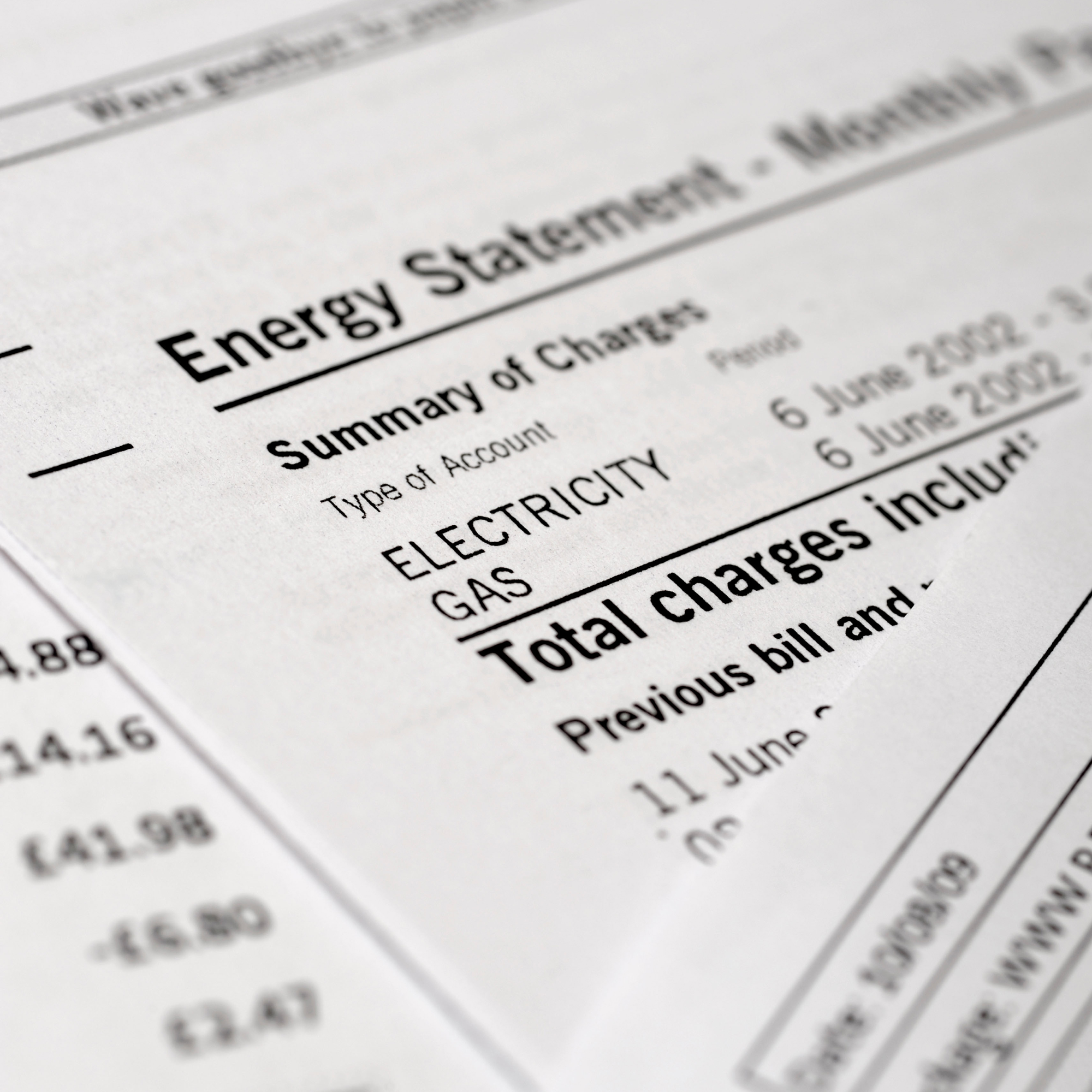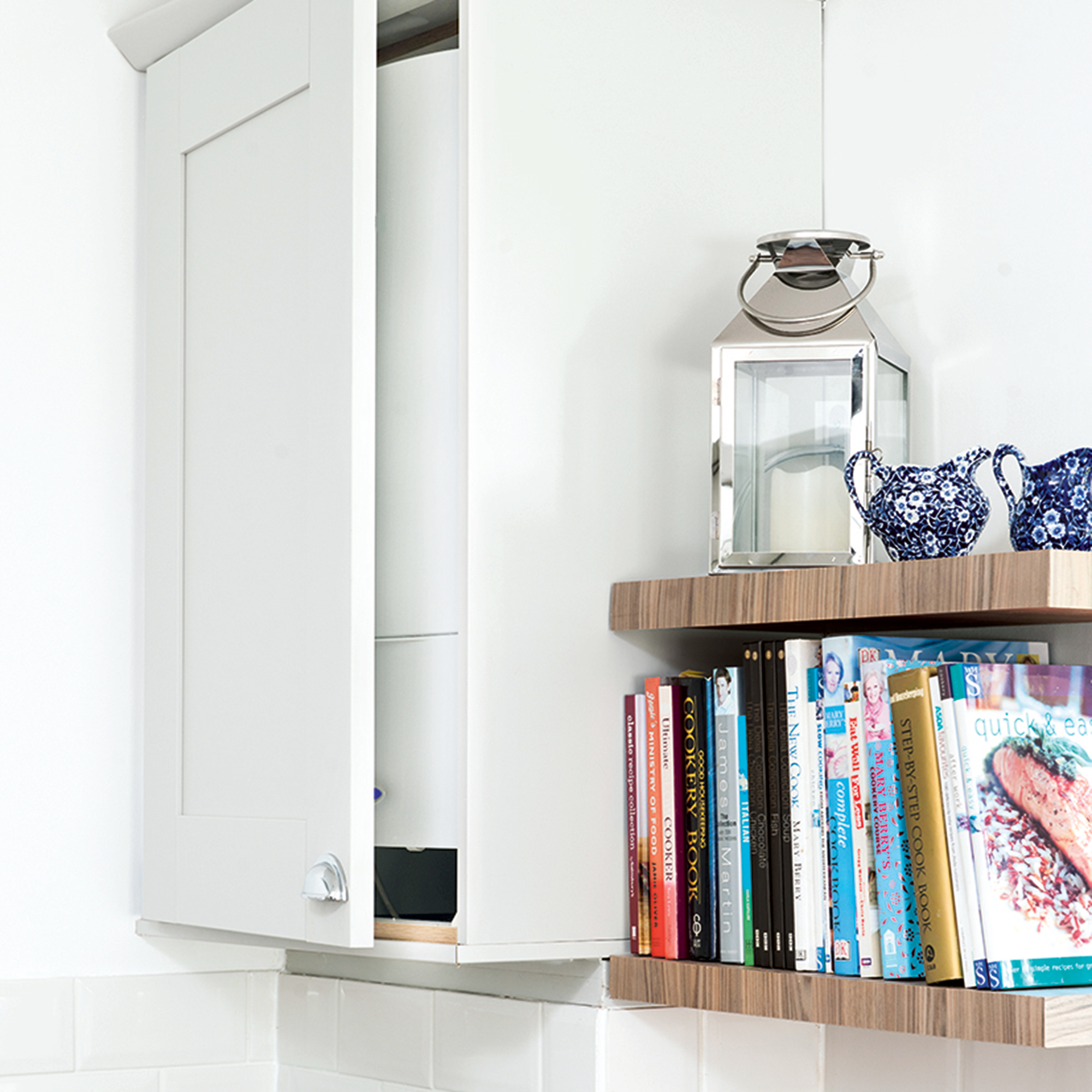
Many of us are looking at how to switch energy suppliers. With the cost of living crisis, we're all looking at how to save money and with the return of the energy market now might be the time to have a look around.
It's a key concern for those of us wondering how to save energy at home. Most UK households are on price-capped variable energy tariffs, which are hereditary cheaper than a fixed deal. However, if variable rates do rise again as predicted above, it might make financial sense to switch suppliers and get on a fixed rate tariff.
‘There are opportunities to take action to help, not because there are great deals out there, but because the latest analysis is the future looks even worse, with the prediction for the next price cap continuing to rise, so it's now far higher than even a couple of months ago,’ says Martin Lewis at Money Saving Expert. ‘This means some sickeningly costly fixes look like they may now be winners,’ he says.
It's also worth exploring whether you are eligible for the Warm Home Discount Scheme.
How to switch energy suppliers

Read on to find out how to switch energy suppliers in order to get the best tariff for you and your family.
1. Check your current contract's T&Cs
Before you start researching how to switch energy suppliers and checking out other tariffs, you need to check to see if you’re eligible to switch supplier.
‘An exit fee may be charged if you switch before the end of your current contract,’ advises Ava Kelly, energy saving expert at Love Energy Savings. ‘Not all suppliers charge this, so check whether your supplier does. Keep in mind that you can switch within seven weeks of your existing contract ending, without paying an exit fee,’ adds Ava Kelly.
Also make sure you really need to switch suppliers. Are there things you could be doing at home to help lower your bills? Energy saving power meters, available on Amazon, will help give you an idea of what's currently ramping up your bills.
2. Have your personal information handy

Once you’re in a position to start the process of how to switch energy suppliers, you need to start researching online or calling up different suppliers to find out what your different options are. You will always be asked the following information:
• Your postcode
• The name of your current supplier
• The name of your current energy tariff
• Your annual energy usage or costs.
For speed, make sure you have all the details above to hand before you start your research. You can find your tariff, supplier and annual information on a recent energy bill or log in to your online account if you don’t receive paper bills.
‘To help you get a better deal, you could also ask a preferred supplier whether they would match a price offer you've had from a different supplier, so it would be helpful to have that information to hand too,’ says Ava Kelly.
3. Research tariffs and supplier

The age of competitive energy deals is sadly over. However, what you might be able to find is a fixed energy tariff that is cheaper than the July 2023 energy price cap.
Use a comparison website such as Go Compare, Money Saving Expert or Uswitch, or telephone different energy suppliers direct to find out what you can save by switching. If you are offered a better price elsewhere but don’t want the hassle of moving companies, it might also be worth contacting your existing supplier to see if they will price match rather than going ahead with how to switch energy suppliers.
If you’re not ready to move supplier yet but want to keep up to date with what rates different energy suppliers are offering, it might be worthwhile adding your details to their online mailing lists. ‘Wholesale energy costs have increased again in recent weeks which means that the cost of fixed tariffs has increased as well,’ says Myriam Stimpson at EDF. ‘We encourage those interested to sign up to our Energy Price Alerts, and they will be emailed when prices fall,’ she says.
4. Consider your options

Before you decide to get going with how to switch energy suppliers, it’s important to weigh up the different options to ensure you’re getting the best deal for your circumstances. Ask yourself, is the offer you’ve been made the cheapest? Is there an exit fee if you decide to change suppliers? And why is my electricity bill so high?
‘We're starting to see a trend of high early-exit penalties – up to ten times higher than last year,’ says Martin Lewis. Do you have all the necessary information to make an informed decision? Also, always ask if the supplier is offering any customer incentives, too. ‘Some suppliers are currently offering cashback incentives as part of a switching offer,’ adds Ava Kelly.
5. Agree to a switch
Once you’re happy with the terms of your new contract, you’ll need to provide your new supplier with payment details. Bear in mind, paying by direct debit usually saves money. Your new supplier will then contact you with a switching date. It can take up to five working days to complete the switch.
6. Wait a couple of weeks

‘Remember you do have a Cooling Period, where you have the right to cancel an agreement without penalty. This is officially regulated by Ofgem,’ explains Les Anderson, content manager at Bionic. The cooling off period begins the day after you agree a contract with the supplier and lasts for 14 days.
7. Make a note of the contract end date
If you do sign up to a fixed price contract, add the contract end date to your calendar.
‘When your contract ends, you're likely to be rolled onto your supplier’s more expensive out-of-contract rates,’ explains Les Anderson. ‘To avoid overpaying, you’ll need to run a comparison and potentially switch energy suppliers again, or switch to a better deal with your current supplier,’ he says.
You can opt out of your supplier’s automatic renewal scheme but you usually have to do this on the first day of your contract. ‘Contact your supplier directly and request to be removed from the automatic renewal scheme,’ advises Les Anderson.
What do I do if my cheap energy provider goes bust?
Ofgem has a safety net should an energy supplier go out of business, to ensure a continuous supply. We've actually experienced this first hand, and have come out the other side unscathed.
Ofgem will automatically move you to a new supplier ‘following a competitive process designed to get the best deal for you. You’ll be informed of the changes at every step, so there's no need to worry and you don't need to figure out how to switch energy suppliers.
You will be put onto a ‘deemed contract’ (one that hasn’t been chosen by you), but you are free to look for an alternative energy deal after you have been moved over. Or you can ask your new supplier if you can be moved onto their cheapest deal.
Any credit you have accumulated will transfer to the new supplier.







